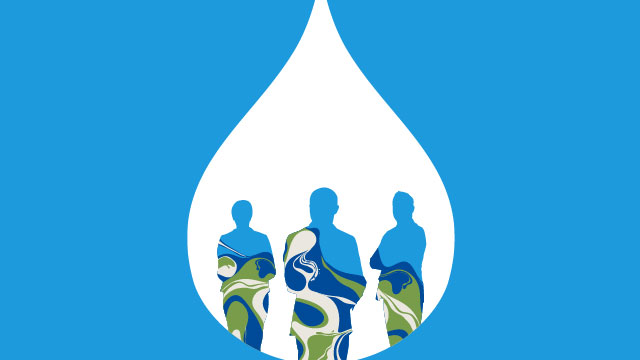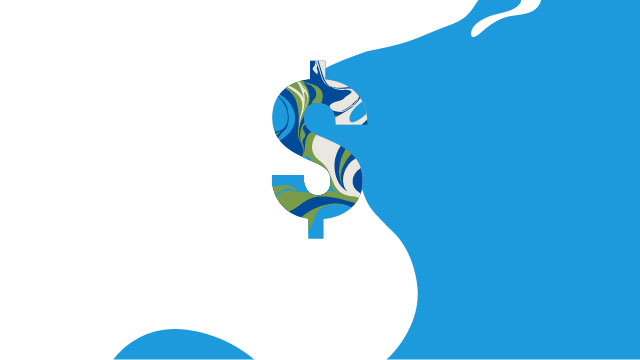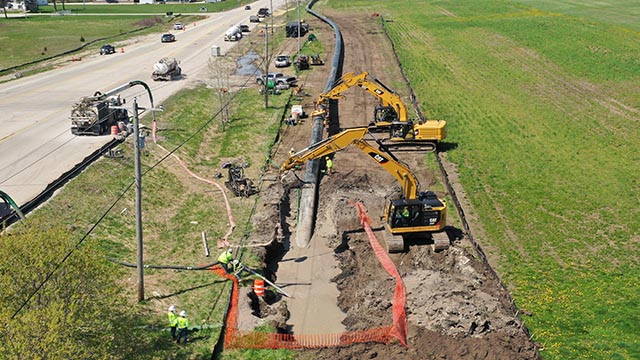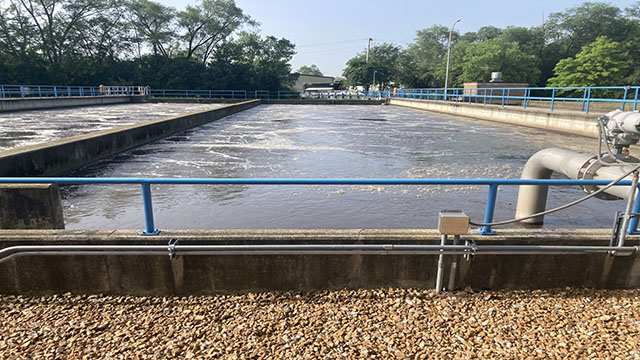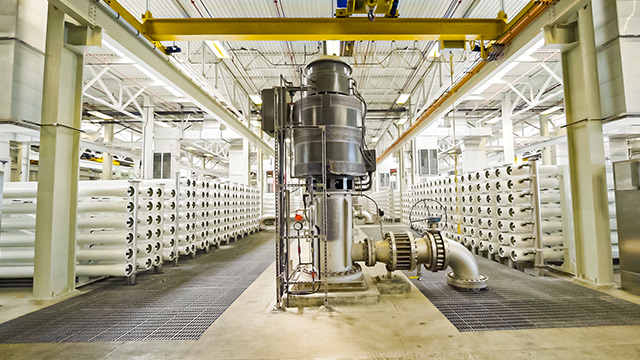Big Data and the complicated algorithms that help translate that data into intelligence can be difficult concepts for any organization, regardless of industry, to swallow. With a plethora of data available through monitoring systems and sensors, how do utilities gather, mine and, most importantly, analyze that information to make a tangible impact on long-standing asset management challenges?
Until now, water utilities have seemingly been caught in a bind between time and resources. Their water and wastewater infrastructure is deteriorating, pumps are breaking down, pipes are springing leaks and other assets are reaching the end of their natural life cycle, but cash-strapped utilities have not had the money or the infrastructure knowledge to make necessary upgrades.
Water providers are now beginning to make the most of their data to save on operational costs and improve efficiency by focusing with a new sense of urgency on core issues. In the 2017 Strategic Directions: Water Industry Report, only 10 percent of survey respondents were utilizing cloud-based software across all parts of their business; this year that figure jumped to 28 percent.
Utilities identified monitoring performance, asset maintenance and treatment operations as the top three operational areas that data analytics and automated monitoring would help improve most (Figure 1). These focus areas appear to be where utilities can best leverage data to lower operating costs, optimize processes and extend asset life, which are some of the leading industry challenges identified in this year’s report.
Figure 1: What three operational areas do you feel that data analytics and automated monitoring will help improve most at your organization?

Data’s Emerging Role
Water utilities always have collected data, but historically they have used that information to perform traditional tasks, such as SCADA for real-time monitoring of critical systems and advanced metering to improve customer billing. Only 14 percent of respondents are currently using their SCADA data to predict asset failure. Thirty-eight percent of utilities are using SCADA for operational purposes only, and 47 percent are using SCADA to monitor system health and for operational purposes.
There is no shortage of raw data. Nearly 60 percent of water utilities surveyed said they have remote data collection systems at all of their pumping stations, and 43 percent have data collection at all of their storage facilities (Figure 2).
Figure 2: Where do you currently have remote data collection on your network?

To best utilize system data, survey respondents indicated they are most in need of operations data, including information on sewer maintenance and hydrant flushing, plus information from SCADA systems and customer maintenance and management systems (CMMS). While data collection mechanisms seem to be advancing, many utilities can still improve how data is dissected to inform better business decision-making. It is also encouraging to see the variety of ways that utilities are increasingly using data to assess asset health and predict failure.
A new generation of innovative analytics tools offers water utilities an opportunity to meet those basic needs and to transform raw data into actionable intelligence at both the tactical and strategic levels. Data analytics can quickly identify failing infrastructure, reduce water loss, prevent sewer overflows and measure asset health. In addition, data can unlock operational efficiencies, inform proactive maintenance opportunities and guide long-range planning and investment strategies.
Solutions powered by our ASSET360® analytics platform can provide a 360-degree perspective of all raw data being collected, from SCADA to laboratory and maintenance system monitoring data, to streamline sources and apply intelligent analytics. Using prescriptive calculations and advanced visualization, water organizations can prioritize capital spend, analyze risk and get the most out of their operations and maintenance programs.
The Future of Data Analytics
As we move into the era of Big Data and the Internet of Things (IoT), water utilities will be able to deploy advanced sensors that will be able to pick up previously undetectable changes in infrastructure performance. These predictive technologies will help companies anticipate equipment failures and leaks, as well as build a roadmap of how best to replace capital equipment.
Smart technologies also can help water utilities improve their customer service. For example, a self-service analytics system using advanced metering and water quality data could allow a commercial customer to monitor and optimize their own water usage.
In this year’s survey, only 12 percent of companies considered themselves early adopters who were benefitting from smart technologies, while 33 percent were reviewing the benefits of these applications. Twenty-three percent had smart technologies built into their long-term capital improvement plans.
There is still a long way to go, but the water industry appears to be moving in the right direction. To make the most of these technology investments, utility leaders should have a clear vision of their organizational goals and strategic objectives. Utilities need to match their objectives to the best available enabling technologies, while prioritizing implementation and adjusting business processes.
The ultimate goal of data analytics is to give utility leaders better information to support future action. The use of data analytics moves water utilities from a reactive to a proactive stance, helping managers develop new opportunities for cost control, risk management and improving levels of service.


